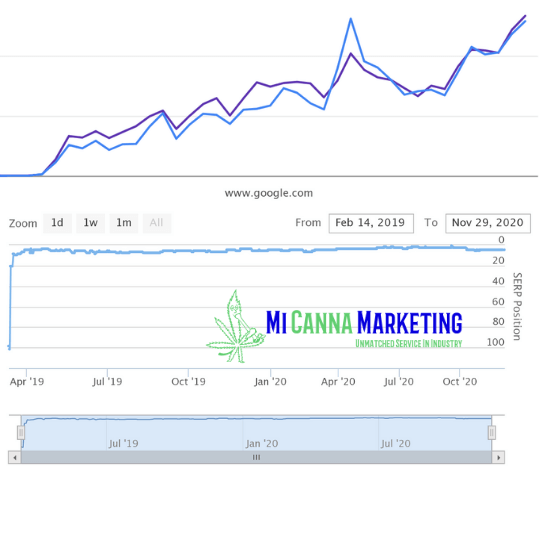The Zoap strain, a variant of a virus, has caused widespread concern due to its rapid spread and potential impact on public health. In light of this, it is essential to understand the key characteristics and implications of this strain. In this article, we will delve into the Zoap strain, its origins, symptoms, transmission, prevention, and treatment options to provide a comprehensive overview of this emerging threat.
Origins of the Zoap Strain
The Zoap strain is believed to have originated from a mutation of the original virus, potentially in an animal reservoir. Mutations are common in viruses and can lead to the emergence of new strains with varying characteristics. Understanding the origin of the Zoap strain is crucial for tracking its spread and developing effective control measures.
Symptoms of the Zoap Strain
Similar to the original virus, the Zoap strain can present with a range of symptoms, including fever, cough, shortness of breath, fatigue, and muscle aches. However, it is important to note that some individuals infected with the Zoap strain may be asymptomatic, making it challenging to identify and contain the spread of the virus.
Transmission of the Zoap Strain
The Zoap strain is primarily spread through respiratory droplets when an infected individual coughs, sneezes, or talks. It can also be transmitted by touching a surface or object contaminated with the virus and then touching the face. Proper hand hygiene and respiratory etiquette are essential in preventing the spread of the Zoap strain.
Prevention Strategies
Preventive measures such as wearing masks, practicing physical distancing, and avoiding large gatherings can help reduce the transmission of the Zoap strain. Vaccination against the virus is also a key strategy in preventing infection and severe complications associated with the Zoap strain. Following public health guidelines and recommendations is crucial in mitigating the spread of the virus.
Treatment Options
Currently, treatment for the Zoap strain focuses on supportive care to alleviate symptoms and prevent complications. In severe cases, hospitalization and medical interventions may be necessary. Research is ongoing to develop specific antiviral treatments and therapies targeting the Zoap strain to improve patient outcomes.
Frequently Asked Questions (FAQs)
- What are the main differences between the original virus and the Zoap strain?
-
The Zoap strain is a variant of the original virus with distinct genetic characteristics that may impact transmissibility and virulence.
-
How effective are existing vaccines against the Zoap strain?
-
While existing vaccines may offer some level of protection against the Zoap strain, ongoing assessment and potential vaccine updates may be necessary to enhance efficacy.
-
What should I do if I think I have been exposed to the Zoap strain?
-
If you suspect exposure to the Zoap strain, monitor your symptoms closely, isolate yourself from others, and seek medical advice for testing and appropriate care.
-
Can the Zoap strain be transmitted through pets or animals?
-
While rare, there have been cases of animals testing positive for the Zoap strain. It is essential to follow guidelines to protect both human and animal health.
-
What impact does the Zoap strain have on children and vulnerable populations?
- Children and vulnerable populations may be at higher risk of severe illness from the Zoap strain. It is crucial to prioritize their protection through vaccination and preventive measures.
In conclusion, understanding the Zoap strain and its implications is essential in effectively combating its spread and minimizing its impact on public health. By staying informed, following preventive measures, and supporting ongoing research efforts, we can work together to mitigate the challenges posed by this emerging variant.




